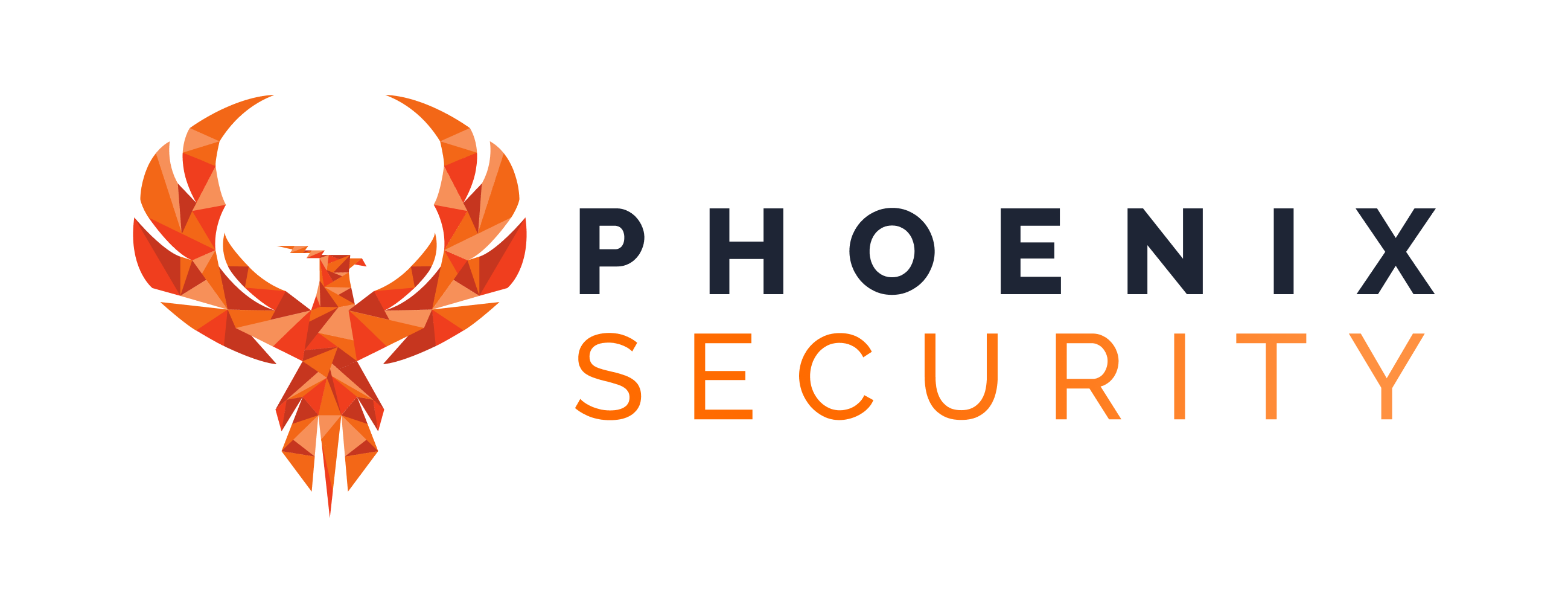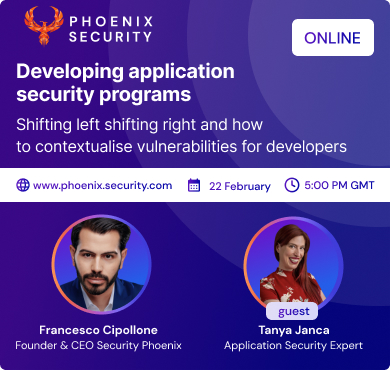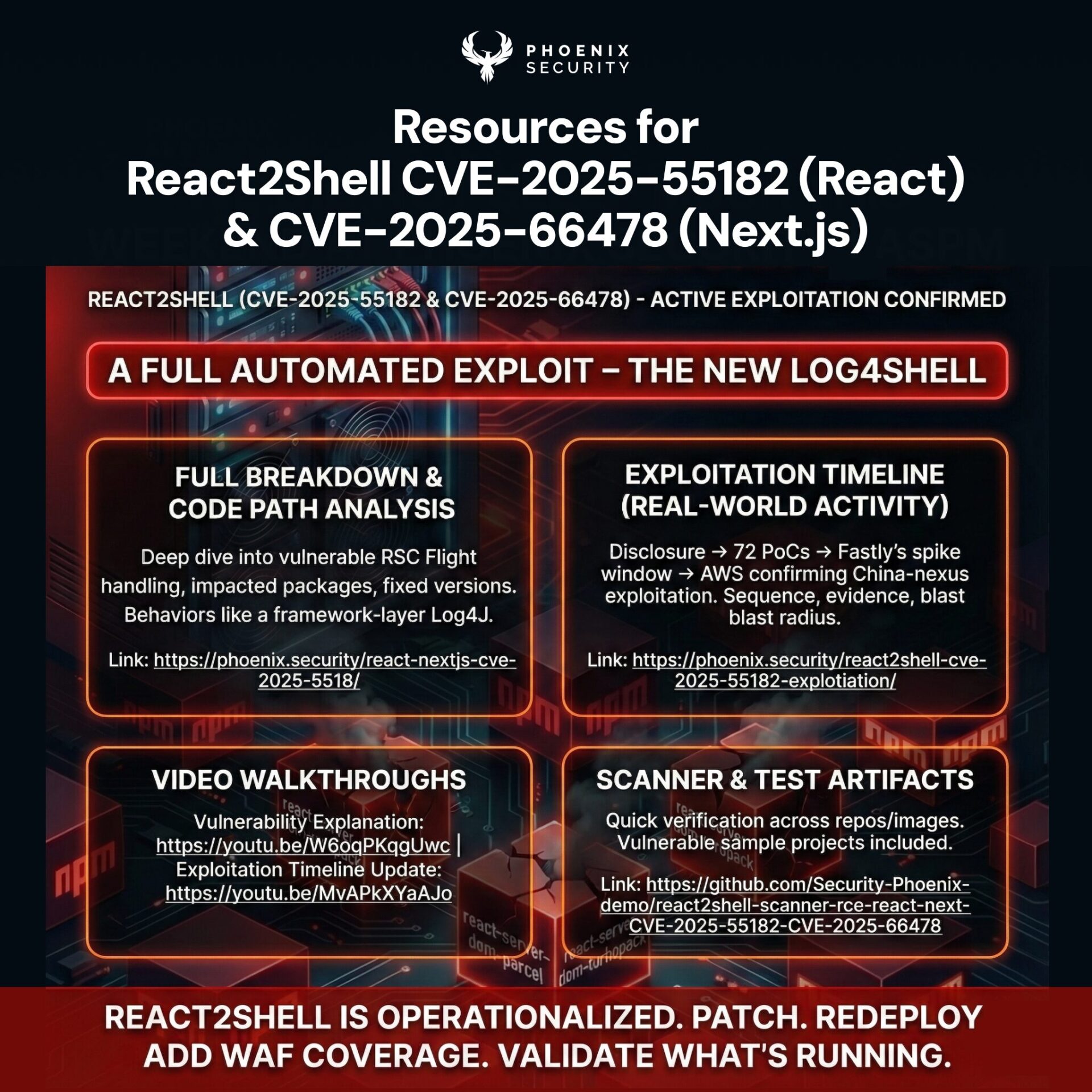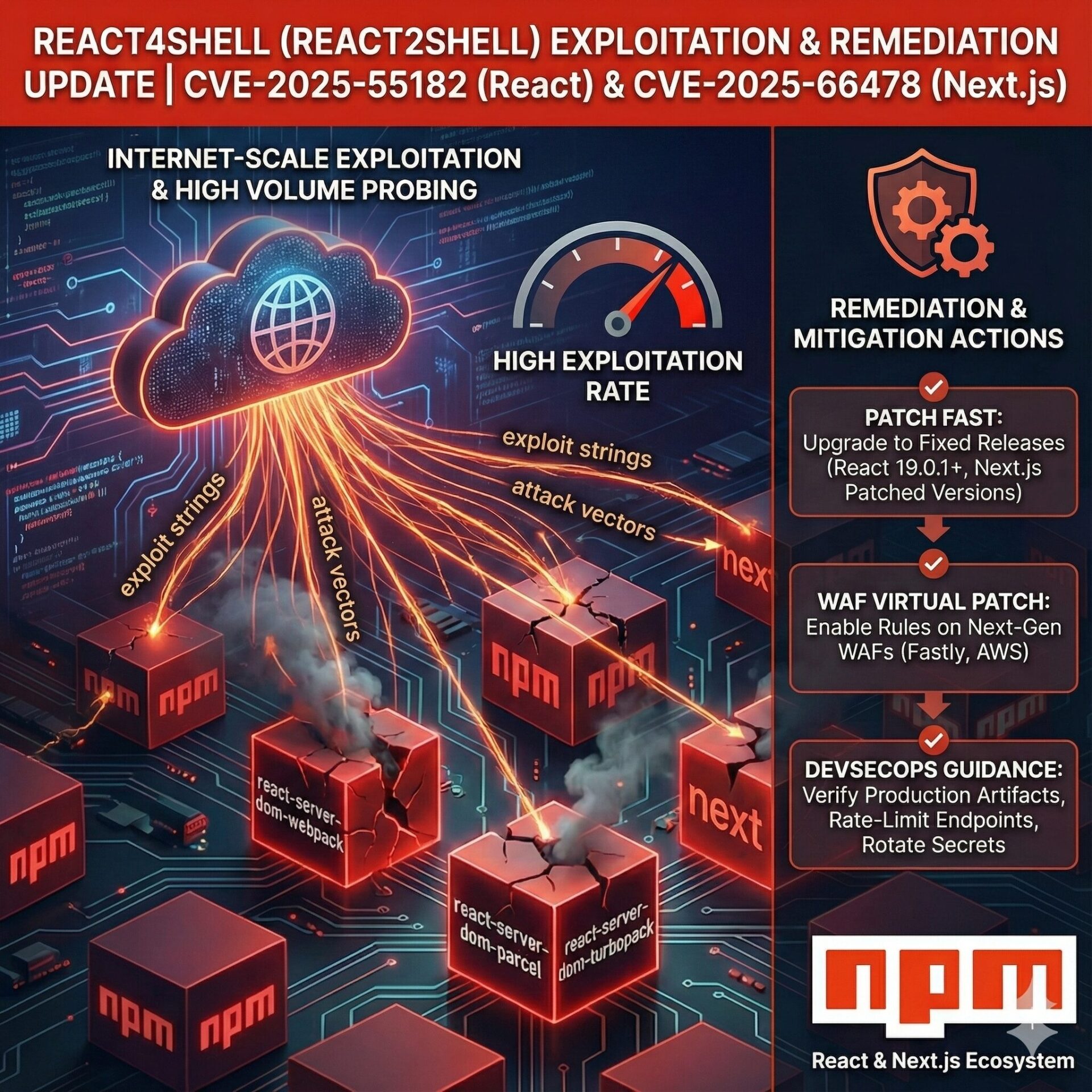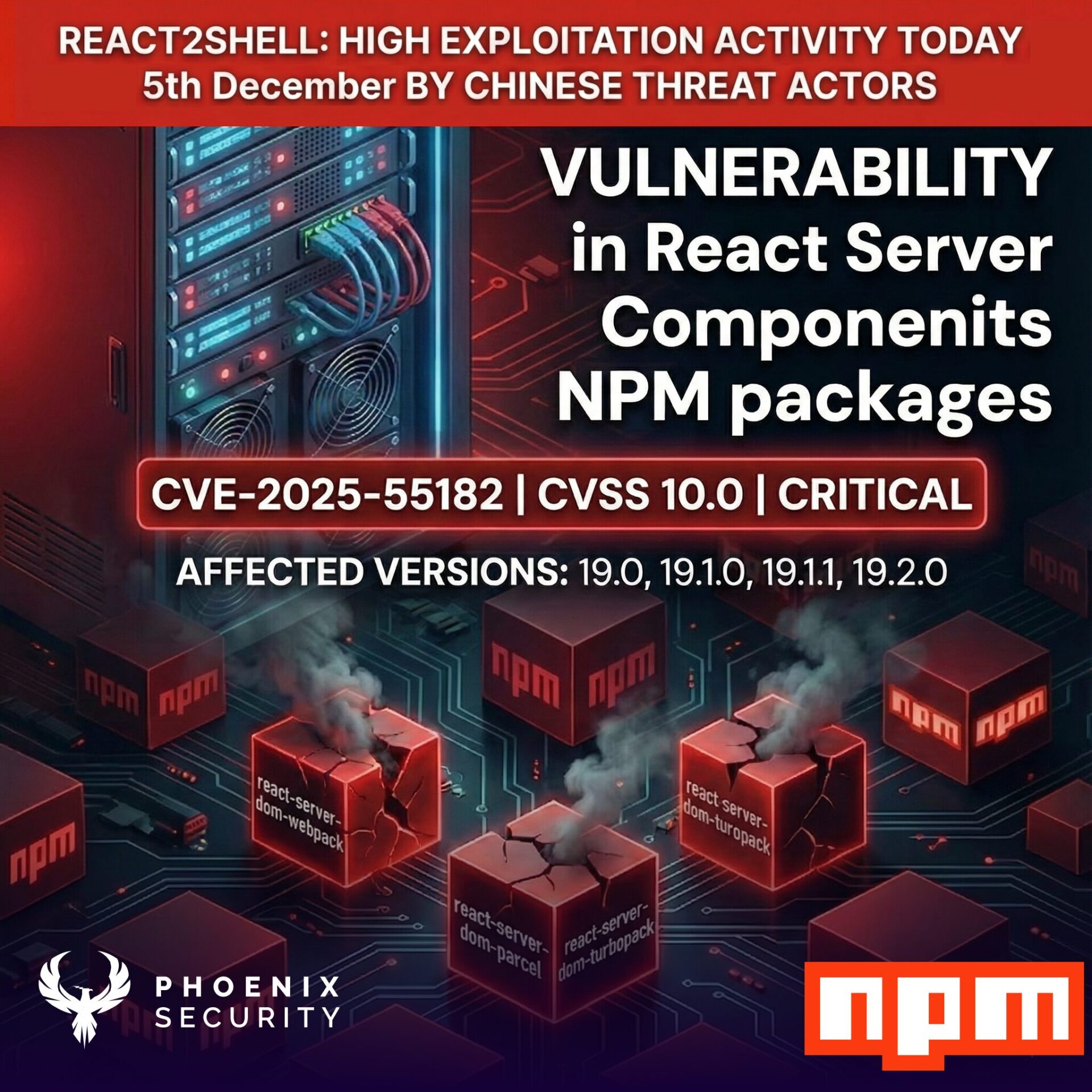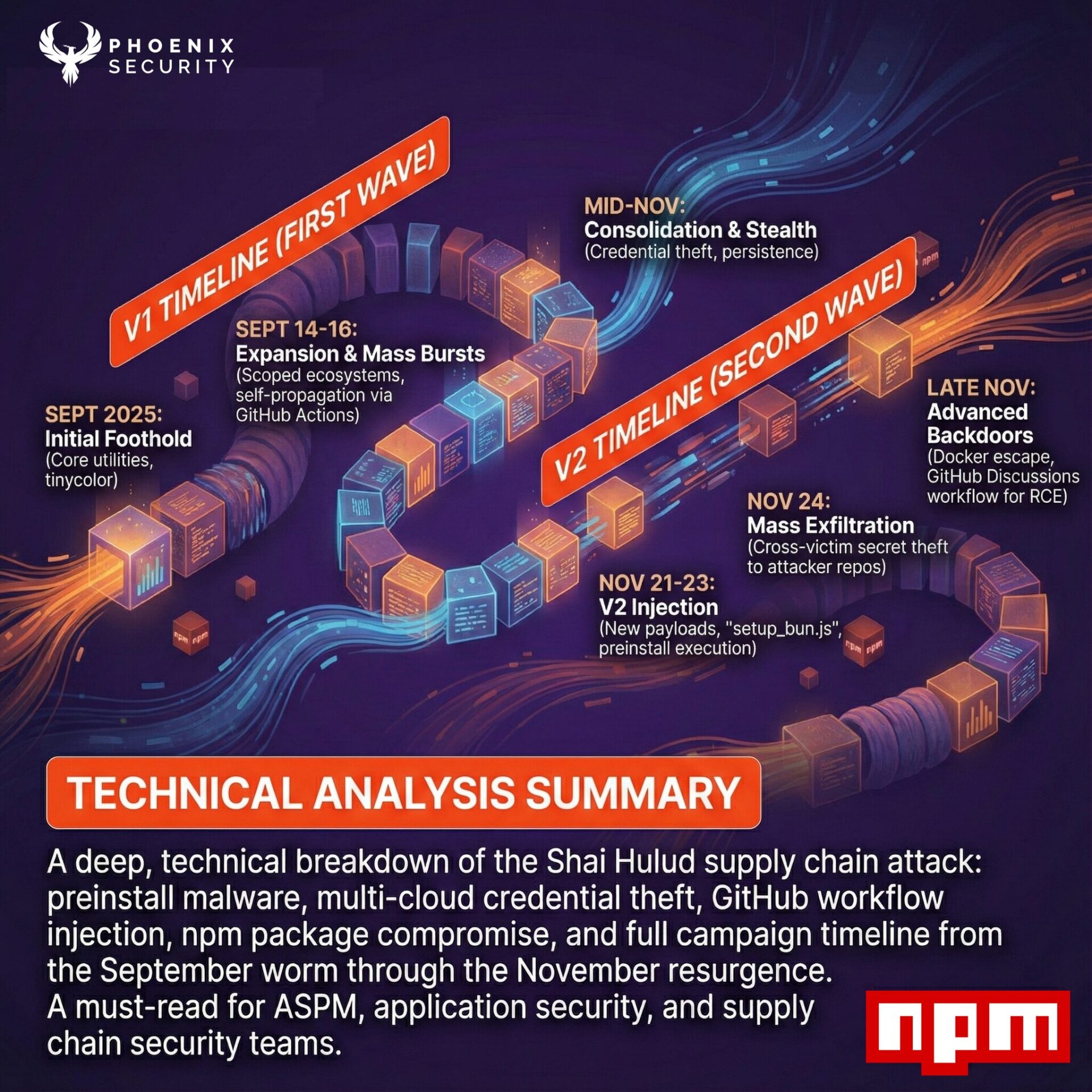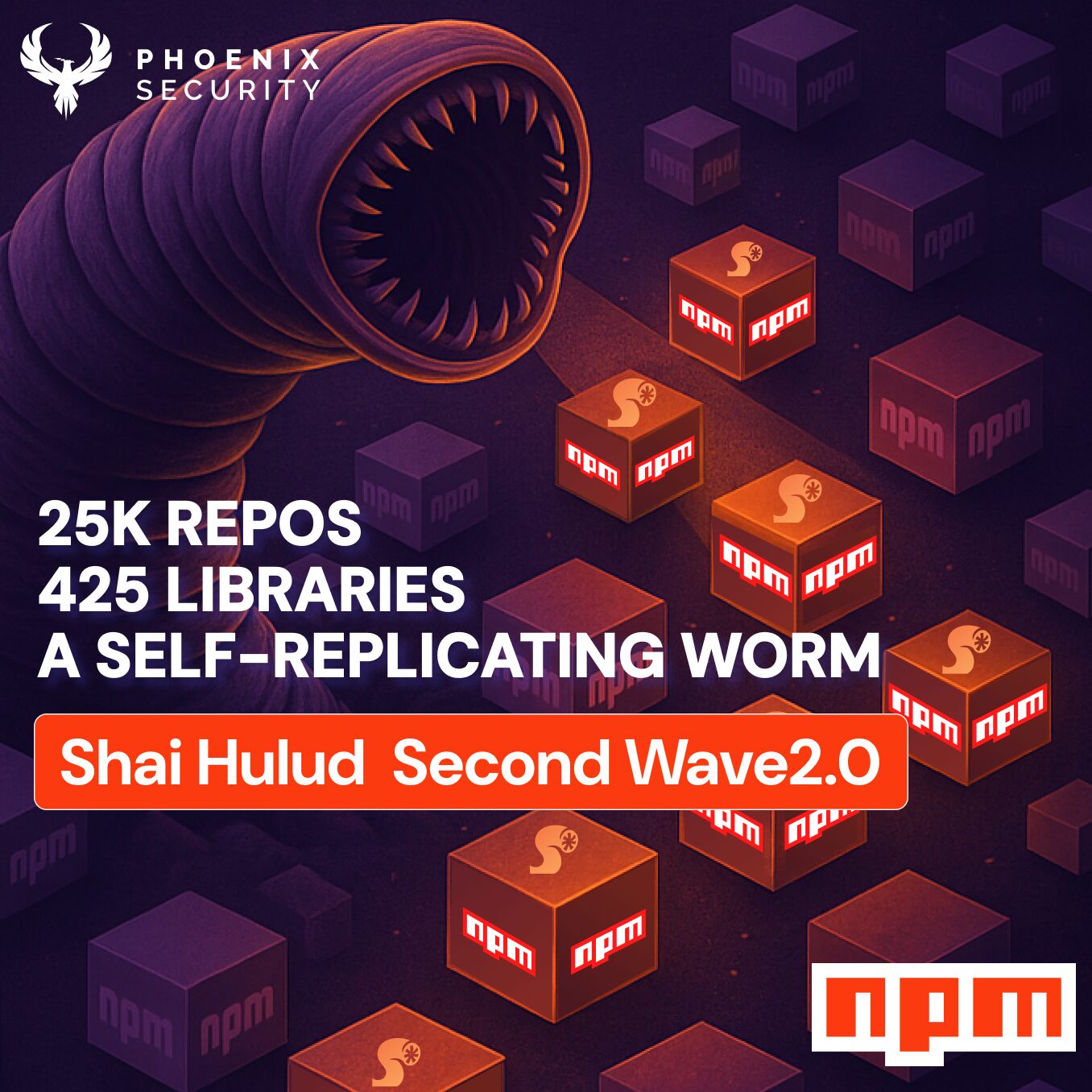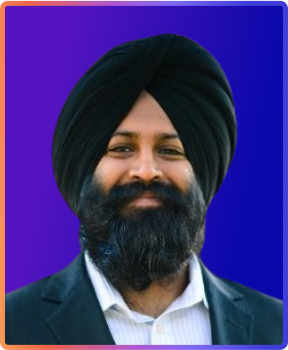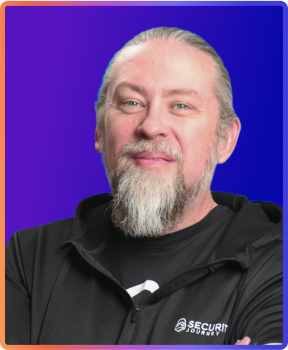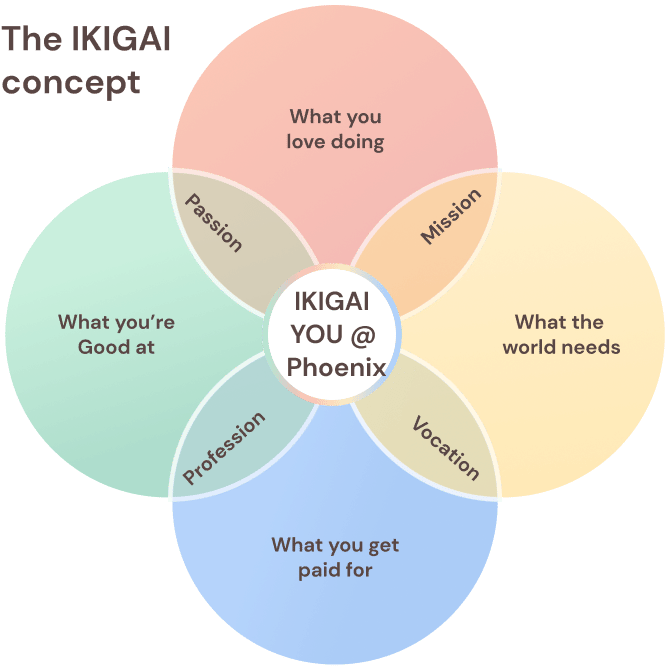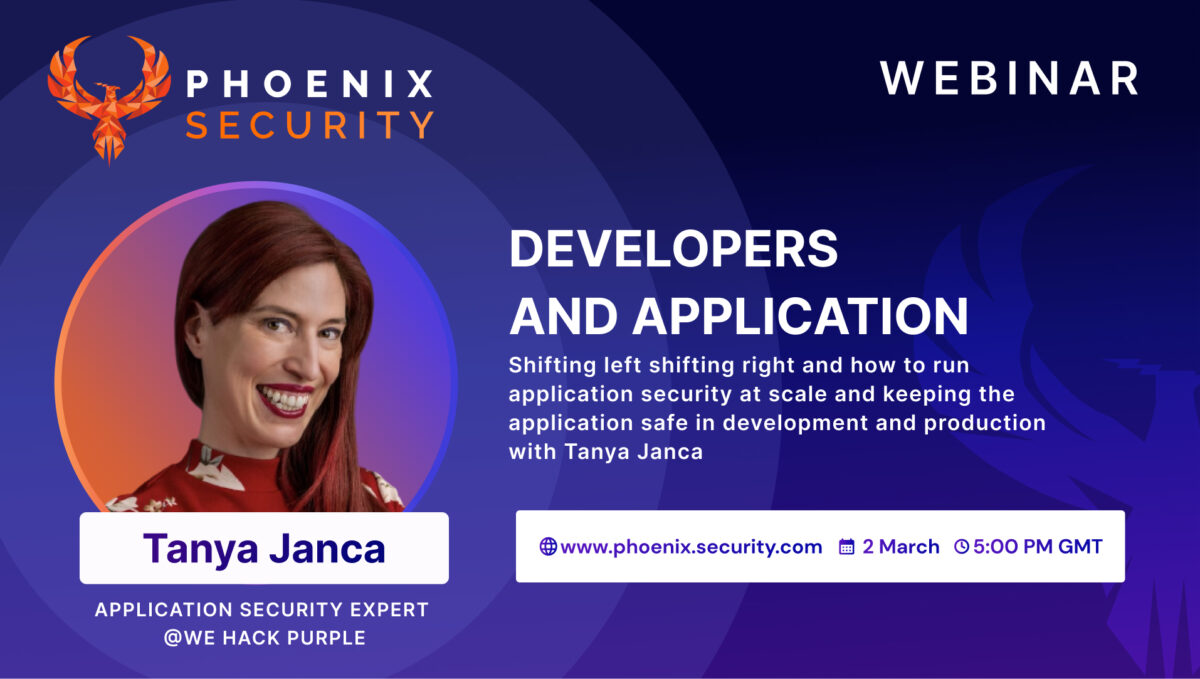
Fixing Application security at scale can be challenging, but keeping them safe can be even trickier; in this webinar, we explore with Tanya Janca how to shift left and keep operation (right) safe, the benefit of vulnerability management and how to optimize your tooling.
With this webinar, we aim to share a light of insight on application security programs, the complexity of starting them and why running application security programs with data helps collaboration.
Using metrics can turn a conversation; please patch, and please development team will fix all the critical
into. We noticed that the library you are using introduces the majority of vulnerabilities in the organization. as this project is public-facing, someone might exploit that remote code execution that is highly popular with attackers. it should take an upgrade
Audience recommendation:
- Application security
- Head of application security
- Product security
- Security Engineers
- Developers with interest in security
- CISO is interested in Secure SDLC and how to start a program
In this webinar, we will discuss
> Application security programs, challenges when starting
> Vulnerability Management and technology stack – how to use this at best
> what metrics make sense at the beginning and how to evolve the measurement of security
> data-driven conversation with development vs vulnerabilities driven conversation: how they differ
> Application security insights: technology, common issues, common libraries and how they can
> Cvss and CWE and challenges in measurement that are contextualized
Summary of the Webinar:
- Without data, we are completely blind and completely serving. You can speed out the vulnerability if you have the tool. Hence we need to fix the vulnerability. Do you feel we constantly try to catch up if we don’t have enough data?
- The idea of shift left was supposed to start security earlier in the system development lifecycle. I feel like the shift left got co-opted. My new mantra is to shift everywhere. I want to have security throughout the entire SDLC.
- Working through the security backlog is another big thing. We lost a little with the shift left. The software composition analysis tools are maturing in the past year to year and a half.
- The important thing is the externally facing API that processes your critical application. Stop talking about vulnerability and start talking about risk impact, mitigation, and contextual risk. Many organizations still need to get ahead of tooling, but there are also great tooling that is integrated.
Webinar
Transcript
01:00 – Tanya Janca starting days in Development and Security
04:00 – Agenda
06:20 – Application Security Definition
08:20 – Application security evolution and DevSecOps
10:35 – Business understanding of software security and Cybersecurity Risk
11:00 – Cybersecurity Risk Quantification for application security (story)
16:44 – Lightbulb moment when cyber risks are explained (story)
18:00 – Cross-site (XSS) week and proving security wrong (story)
21:00 – Vulnerability Management tools and how to configure and make the best of it (story)
24:00 – Container image and insights from vulnerability manager tools (story)
29:00 – Shift Everywhere
30:00 – DevSecops, Shift Left, SRE what’s the difference in methodology
32:00 – What tool should we buy next, engineering and helping developers with more security engineers and vulnerability management
34:00 – Patterns and common issues – Vulnerability management optimization and pattern identification (story)
38:00 – Software Composition Analysis maturity, SCA, Upgrades
40:00 – Pentest, Regulation, Context, Fixing all the vulnerabilities
42:00 – On Call for engineers, when a vulnerability is not an incident and how it ruined the party (story)
43:00 – How not to do security, be the security guy that says no
46:00 – Security without context and false positives
49:00 – How security can work together with Developers and security champion program
52:00 – Vulnerability management framework overview for application security
60:00 – Closing remarks
Metrics and measurements are also available and widely discussed in this whitepaper:
We will refer to some of the framework models in the following article:
Background about the speaker – Tanya Janca
Tanya Janca, also known as SheHacksPurple, is the best-selling author of Alice and Bob Learn Application Security. She also founded We Hack Purple, an online learning community that teaches everyone to create secure software. Tanya has been coding and working in IT for over twenty-five years, has won countless awards, and has been everywhere from public service to tech giants, writing software, leading communities, founding companies and ‘securing all the things’. She is an award-winning public speaker, active blogger and podcaster, and has delivered hundreds of talks on six continents. She values diversity, inclusion, and kindness, which shines through in her countless initiatives.
Links
- RSA: https://www.rsaconference.com/experts/tanya-janca
- other resources: https://wehackpurple.com/
- Tanya Janca
- Twitter @shehackspurple
Francesco Cipollone (host)
Francesco is a seasoned entrepreneur, CEO of the Contextual-based vulnerability management platform from code to cloud Phoenix Security, author of several books, host of multi-award Cyber Security & Cloud Podcast, speaker and known in the cybersecurity industry and recognized for his visionary views. He currently serves as Chapter Chair UK&I of the Cloud Security Alliance. Previously, Francesco headed HSBC’s application and cloud security and was Senior Security Consultant at AWS. Francesco has been keynoting at global conferences and has authored and co-authored several books. Outside of work, you can find me running marathons, snowboarding on the Italian slopes, and enjoying single malt whiskeys in one of my favourite London clubs.
